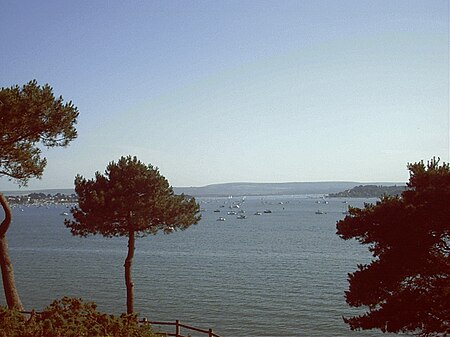Lilliput, Dorset

Lilliput is a district of Poole, Dorset. It borders on Sandbanks, Canford Cliffs, Lower Parkstone, and Whitecliff and has a shoreline within Poole Harbour with views of Brownsea Island and the Purbeck Hills. Brownsea Island stands opposite Lilliput's harbour foreshore and is famous as the birthplace of Baden Powell's International Scouting Movement. Lilliput itself was host to a number of early scouting camps. During the Second World War at one stage it provided Britain's only civilian air route: Poole Harbour was temporary home to the Imperial Airways/BOAC flying boat fleet, which had its passenger HQ at Salterns Marina.Well known residents have included modernist writer Mary Butts, a very young John le Carré and disc-jockey Tony Blackburn. Impresario Fred Karno who popularised the custard-pie-in-the-face comedy routine spent his last years in the village as a part-owner of an off-licence, bought with financial help from Charlie Chaplin, and died here in 1941 aged 75. Evening Hill is at the edge of Parkstone Bay.
Excerpt from the Wikipedia article Lilliput, Dorset (License: CC BY-SA 3.0, Authors, Images).Lilliput, Dorset
Shore Road,
Geographical coordinates (GPS) Address Nearby Places Show on map
Geographical coordinates (GPS)
| Latitude | Longitude |
|---|---|
| N 50.7 ° | E -1.94 ° |
Address
Shore Road
Shore Road
BH13 7PH , Lilliput
England, United Kingdom
Open on Google Maps








